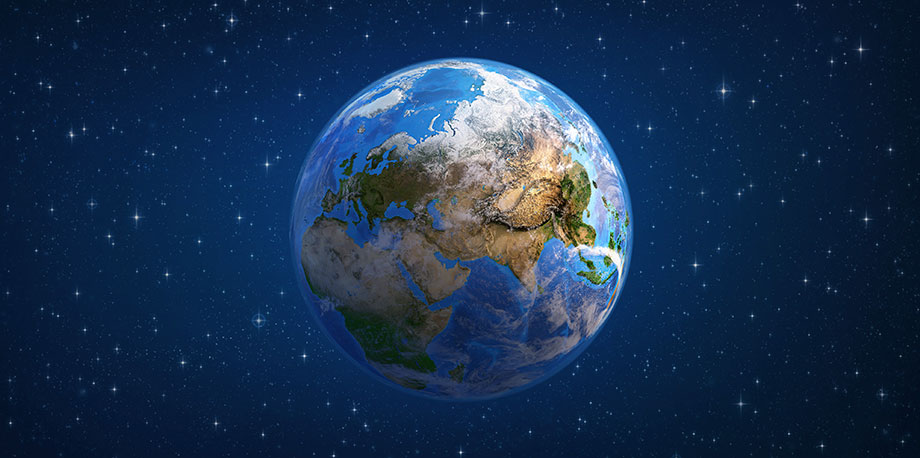April 2, 2020 —
Editor’s note: As we continue to share stories of importance to the long-term well-being of people and our planet, we acknowledge the profound challenges the coronavirus pandemic poses today. We express our solidarity with all humanity and commit to using the lessons we learn through this crisis to help shape a more positive future together.
As the novel coronavirus ravages the world — and economic signs point to a severe recession on the way — environmental emergencies remain real and capable of creating further catastrophe within just a few short years.
“At a time when many countries have to cope with economic challenges and painful trade-offs, this tests governments and businesses alike,” says Environment at a Glance 2020, a new report from the Organisation for Economic Co-operation and Development (OECD). “To be effective, policies need to be based on sound and reliable information.”
The report shines a spotlight on one such source of information that can help guide environmental protection priorities in the critical but resource-limited months and years ahead: Environment at a Glance, a comprehensive look at the state of pollution, ecosystems, natural resources and the climate crisis in the OECD’s 36 member countries.
In this moment of multiple crises, action requires knowing exactly what we’re up against. And as it becomes increasingly clear how much humans rely on ecosystems, environmental knowledge is crucial.
Environment at a Glance offers graphs, maps and downloadable spreadsheets. Users can access the platform free online and click into the domain they want to explore: air quality, water resources, garbage disposal, wildlife or climate change.
For air pollution, which kills millions of people each year, the OECD site offers data on key environmental indicators including sulfur, nitrogen and particulate matter — soot, dust and other polluting particles in the air. Also available are health statistics tracking exposure to air pollution and the deaths resulting from it.
Even as the COVID-19 pandemic underscores the importance of clean water for hand washing and healthy living, Environment at a Glance offers statistics on freshwater stress and the extent of sewage treatment. It also presents key data on freshwater withdrawals from rivers, lakes, aquifers and other sources.
The platform describes how OECD member countries manage their material resources and the resulting trash, a key link between economy and environment. Factors measured include how much waste nations produce — in total amounts, or adjusted for population and GDP — and where that garbage goes: landfills, compost bins, recycling facilities, waste-to-energy incinerators or other sources.
In its biodiversity section, the site offers fresh insights on land use, land cover, protected areas and threatened species.
On the challenge of climate change, data address energy , fossil fuel subsidies and greenhouse gas emissions from OECD nations.
The OECD reports that all its data are regularly updated and free to access. Plans are in place to introduce more indicators and new topics over time, starting with a set of statistics on ocean resources later this year.
The organization does acknowledge the need to interpret the data with some caution: National averages might obscure big deviations from the average within countries, and differences in indicators between countries aren’t always statistically significant.
Plus, OECD members are mostly wealthier nations in Europe and North America, while those countries suffering the brunt of crises like climate change — with the fewest financial resources to respond — are low-income societies in the global south.
Environment at a Glance 2020 lends context to the data and outlines how OECD countries are doing on sustainability, noting that the way people live depends on patterns of economic production that put pressure on ecosystems and natural resources.
“How does this pressure evolve over time?” the report asks. “How successful are we in breaking the link between economic growth and environmental degradation?”
Equipped with data, we can try to answer these questions — and take proactive action to save our ecosystems and ourselves.
Related Posts
Ensia shares solutions-focused stories free of charge through our online magazine and partner media. That means audiences around the world have ready access to stories that can — and do — help them shape a better future. If you value our work, please show your support today.
Yes, I'll support Ensia!

